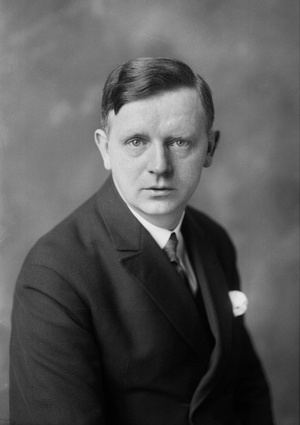Occupation Film director Role Film director | Name Carl Dreyer | |
 | ||
Died March 20, 1968, Frederiksberg, Denmark Spouse Ebba Larsen (m. 1911–1968) Books Dreyer in double reflection, Reflexiones Sobre Mi Oficio, Four Screenplays, Cinque film Movies The Passion of Joan of Arc, Vampyr, Ordet, Gertrud, Day of Wrath Similar People Renee Jeanne Falconetti, Joan of Arc, Rudolph Mate, Kaj Munk, Nicolas de Gunzburg | ||
Children Erik Dreyer, Gunni Dreyer | ||
Danish film director christoffer boe on carl theodor dreyer
Carl Theodor Dreyer ([kɑːˀl teːodoɐ̯ ˈdʁɑjɐ]; 3 February 1889 – 20 March 1968), commonly known as Carl Th. Dreyer, was a Danish film director. He is regarded by many critics and filmmakers as one of the greatest directors in cinema. His best known films include The Passion of Joan of Arc (1928), Vampyr (1932), Day of Wrath (1943), Ordet (1955), and Gertrud (1964).
Contents
- Danish film director christoffer boe on carl theodor dreyer
- Danish film director ole christian madsen on carl theodor dreyer
- Life
- Career
- Short films
- References
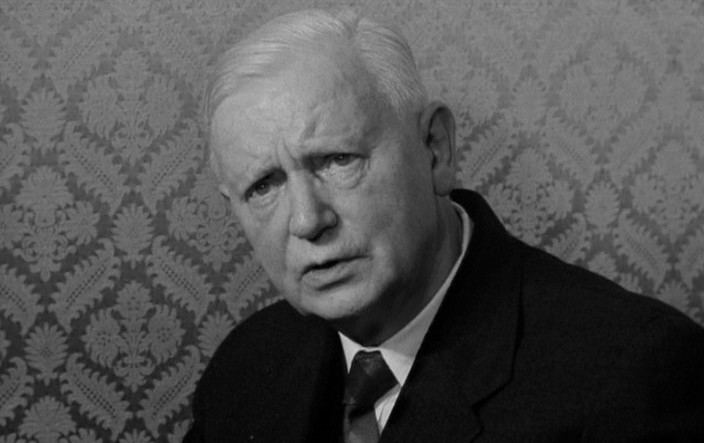
Danish film director ole christian madsen on carl theodor dreyer
Life

Dreyer was born illegitimate in Copenhagen, Denmark. His birth mother was an unmarried Scanian maid named Josefine Bernhardine Nilsson, and he was put up for adoption by his birth father, Jens Christian Torp, a married Danish farmer living in Sweden who was his mother's employer. He spent the first two years of his life in orphanages until his adoption by a typographer named Carl Theodor Dreyer, and his wife, Inger Marie (née Olsen). He was named after his adoptive father, but in accordance with Danish practice, there is no "Senior" or "Junior" added to their names to distinguish them from each other.
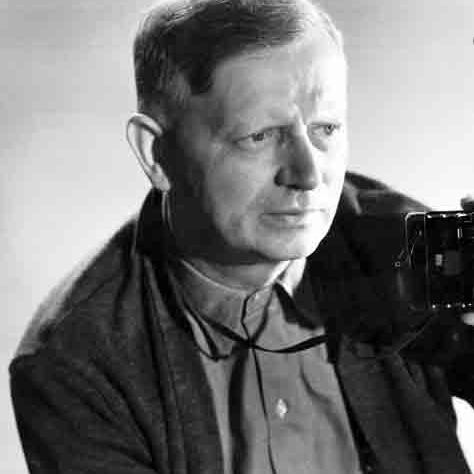
His adoptive parents were emotionally distant and his childhood was largely unhappy. He later recalled that his parents "constantly let me know that I should be grateful for the food I was given and that I strictly had no claim on anything, since my mother got out of paying by lying down to die." But he was a highly intelligent school student, who left home and formal education at the age of sixteen. He dissociated himself from his adoptive family, but their teachings were to influence the themes of many of his films.

Dreyer was ideologically conservative. According to David Bordwell, "As a youth he belonged to the Social Liberal party, a conservative group radical only in their opposition to military expenditures...'Even when I was with Ekstrabladet,' Dreyer recalled, 'I was conservative...I don't believe in revolutions. They have, as a rule, the tedious quality of pulling development back. I believe more in evolution, in the small advances.'"
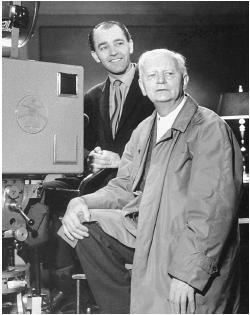
Dreyer died of pneumonia in Copenhagen at age 79. The documentary Carl Th. Dreyer: My Metier contains reminiscences from those who knew him.
Career
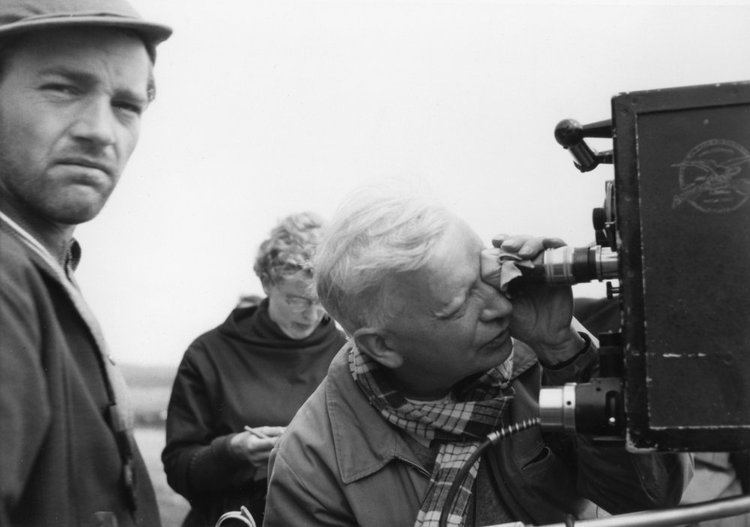
As a young man, Dreyer worked as a journalist, but he eventually joined the film industry as a writer of title cards for silent films and subsequently of screenplays. He was initially hired by Nordisk Film in 1913.

His first attempts at film direction had limited success, and he left Denmark to work in the French film industry. While living in France he met Jean Cocteau, Jean Hugo and other members of the French artistic scene and in 1928 he made his first classic film, The Passion of Joan of Arc. Working from the transcripts of Joan's trial, he created a masterpiece of emotion that drew equally on realism and expressionism. Dreyer used private finance from Baron Nicolas de Gunzburg to make his next film as the Danish film industry was in financial ruin. Vampyr (1932) is a surreal meditation on fear. Logic gave way to mood and atmosphere in this story of a man protecting two sisters from a vampire. The movie contains many indelible images, such as the hero, played by de Gunzburg (under the screen name Julian West), dreaming of his own burial and the animal blood lust on the face of one of the sisters as she suffers under the vampire's spell. The film was shot mostly silent but with sparse, cryptic dialogue in three separate versions – English, French and German.
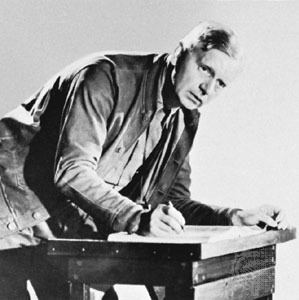
Both films were box office failures, and Dreyer did not make another movie until 1943. Denmark was by now under Nazi occupation, and his Day of Wrath had as its theme the paranoia surrounding witch hunts in the seventeenth century in a strongly theocratic culture. With this work, Dreyer established the style that would mark his sound films: careful compositions, stark monochrome cinematography, and very long takes. In the more than a decade before his next full-length feature film, Dreyer made two documentaries. In 1955, he made Ordet (The Word) based on the play of the same name by Kaj Munk. The film combines a love story with a conflict of faith. Dreyer's last film was 1964's Gertrud. Although seen by some as a lesser film than its predecessors, it is a fitting close to Dreyer's career, as it deals with a woman who, through the tribulations of her life, never expresses regret for her choices.
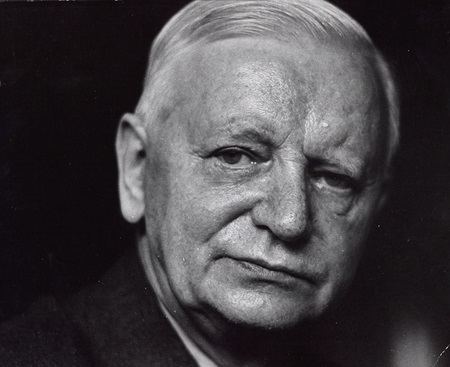
The great, never finished project of Dreyer's career was a film about Jesus. Though a manuscript was written (published 1968) the unstable economic conditions and Dreyer's own demands of realism together with his switching engagement let it remain a dream.
Short films
